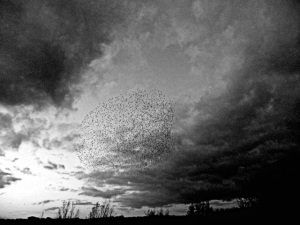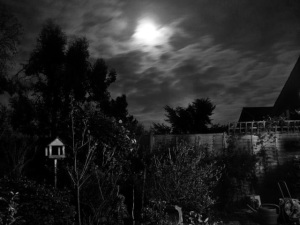Live and let live
 Mersea Island, Essex, February 2013 by Jason Orton
Mersea Island, Essex, February 2013 by Jason Orton
The battle over the ‘true heart’ of Essex – the words are those of novelist Sylvia Townsend Warner – continues. In his surprisingly approving review in The New Statesman of the recently published book Radical Essex, conservative historian and journalist Simon Heffer nevertheless still wants to claim the county as inherently individualistic and materialistic. If this were truly the case, consider two aspects of Essex history that question this assumption.
Firstly, the extraordinary story of public spiritedness and collective endeavor by which tens of thousands of people rallied to help others, often at great risk to their own lives, on the terrible night of the January 31st, 1953 flood. This spontaneous mobilisation has been minutely chronicled by Hilda Grieve in The Great Tide. As she reveals, the county’s population was at that time deeply embedded within an enormous range of voluntary organisations. These included the churches, the trade unions (the National Union of Railwaymen was especially active that night and during the following days), as well as the Women’s Voluntary Service, Civil Defence, Red Cross, St John’s Ambulance Brigade, Scouts and Guides groups. All of them – along with the emergency services, local government officers and workers of all ranks – responded to the crisis without a second thought to their personal risk or well-being. Grieve’s book is certainly one of the great works of 20th century English social history, and is a compelling story of human solidarity and mutual aid in the face of catastophe.
Secondly, if possessive individualism were so entrenched, why would Essex today be the home of one of the most long-established and successful County Wildlife Trusts, with an unparalleled record in nature conservation involving thousands of volunteers on a record number of sites? Essex has also provided a home for many other pioneering initiatives in land settlement, along with innovative industrial and housing communities, not to a mention, finally, a singular penchant for religious heterodoxy and enthusiasm. The reality is that the county’s history has always been strongly cross-grained.
However, Heffer – the man who coined the term ‘Essex Man’ for the Sunday Telegraph – is right in saying that the principle of ‘live and let live’ appears to come with the territory, but that principle allows for varying interpretations, and perhaps the matter is better left there. The discussion of national or regional temperaments and character types is dangerous at the best of times, and we are currently not living through the best of times right now.
The success of Radical Essex, which was ‘flying off the shelves’ at the LRB Bookshop I was told when I last visited, is now followed by another book concerned with such themes: Tom Bolton’s Low Country: Brexit on the Essex Coast, a handsome volume illustrated with atmospheric black and white photographs. Although it treads familiar ground, it deftly seeks to understand the relationship between marginal landscapes and embattled identities and loyalties in a world of political turmoil. Bolton and his partner Jo took weekends away from London in the troubled year of 2016 to walk the length of the Essex coast at a time when the nation was undergoing what Bolton describes as ‘a political nervous breakdown’. Union Jacks flew from bungalow gardens, and UKIP posters, both new and old, adorned boarded up pubs and abandoned High Street shops in coastal towns and villages.
While they found little personal antagonism in their encounters, an air of grievance was often palpable. Yet the terrain has always been difficult, historically suffering from the usual exigencies of farming country – agricultural depression, crop failure, animal culls, poor public transport and public services. Meanwhile the seaside towns saw their traditional visitors desert the hotels and beaches for somewhere warmer in Spain or Turkey. Bolton is alert to some of the ironies of the post-Maastricht world, finding that the winner and runner up to find the fastest fruit-picker in the annual Tiptree Strawberry Race were a Pole and a Romanian.
It was gratifying to find that some of the old footpath anomalies marked on the OS maps were still there too. As Jules Pretty, and other coastal walkers including myself have found, try traversing the non-existent ford at Alresford Creek, which if attempted could result in getting stuck in the mud and subsequently drowned. ‘The map says there is a ford across Alresford Creek,’ wrote Pretty some years ago in This Luminous Coast. ‘Not a chance.’
Interest in the Essex landscape continues to grow and Bolton’s book, with its engaging style and terrific bibliography will further enhance the county’s singular appeal, the astringent nature of which surely suits the times. It is also good to welcome a new website covering much of the same territory, in the form of The Thames Estuary Library which has just gone online. Bold design, clear text, beautiful images, it does the territory proud. Go see.
KW
Mersea Island, Essex, February 2013 © Jason Orton


